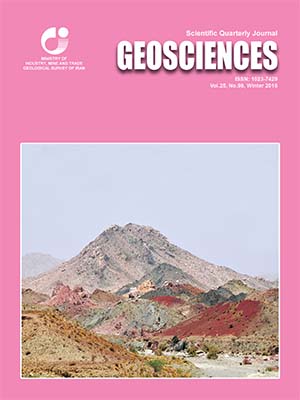Document Type : Original Research Paper
Authors
1 M.Sc., Department of Geology, Islamic Azad University Fars Science and Research branch; Department of Geology, Islamic Azad University Shiraz branch, Shiraz, Iran
2 Associate Professor, Department of Petroleum Engineering, Islamic Azad University Marvdasht branch, Marvdasht, Iran
Abstract
The Kish gas-field is one of the world’s largest gas-fields, and consists of two reservoir rocks of Kangan (Lower Triassic) and Dalan (Late Permian) formations in the Zagros sedimentary basin. In this study, the Kangan formation has been examined. In this research, in addition to the use of raw data obtained from logging of a drilled well from the whole extent of the field, probabilistic petrophysics evaluation method was used to assess the petrophysical properties (shale volume, lithology, porosity and water saturation) of the Kangan formation. A method based on statistics and possibilities was also utilized to interpret the graphs (logs) with the help of multi-mineral model, a module of Multimin Software. Based on the results of this assessment and the use of lithology-determining cross-plots, as well as standard charts of Schlumberger, the dominant lithology of the Kangan formation in the studied well was recognized as calcite, dolomite, some anhydrite and small amounts of shale. The ultimate aim of the petrophysical evaluation in hydrocarbon studies of the Kish gas-field is to provide proper inputs to the reservoir static model. In order to make a more detailed study, this formation was divided into two parts, K1 and K2. As a whole, the calculated volume shale in the Kangan formation in this well is low and in K2 part is less. This could be considered as a reason for the equal effective porosity in most of the points along the well.
Keywords

